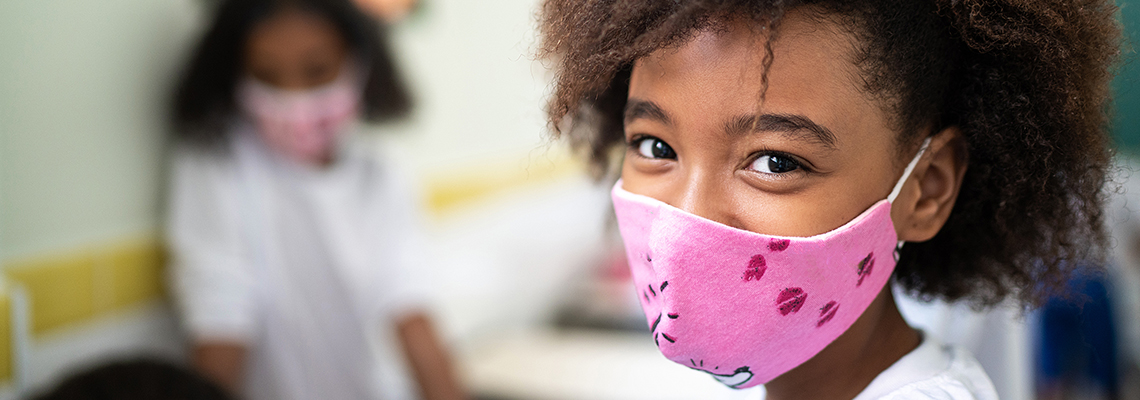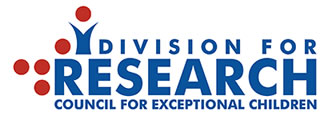
Congratulations, you made the transition back to school! By this time, your family is in a rhythm of learning and play. Youth (middle school and high school) may need additional support during the transition back to school. There is a public health crisis because young people are not receiving the mental health care that they need. These concerns continue to grow with the COVID-19 pandemic as students are experiencing an increase in symptoms of anxiety and depression. Now may be a good time for a wellbeing check with your own youth. Here are some things to remember.
The Impact of COVID-19 on Youth Mental Health and Racial Differences
In 2019, data from the National Survey on Drug Use and Health showed that the percentage of young people aged 12-17 who reported experiencing a major depressive episode (MDE) within the past year had doubled over the past ten years. These trends worsened due to COVID-19; teen’s visits to the emergency room for mental health conditions significantly increased from March to October of 2020 according to data from the Centers for Disease Control and Prevention (CDC). Students have also reported an increase in problems since the pandemic such as difficulty concentrating, more distractedness, trouble remembering things, more tiredness in class, feeling isolated from classmates, lower academic performance, and an increased struggle with completing schoolwork. Reports also indicate continued differences for Black and Latinx youth; for example, they are less likely to receive treatment for depressive symptoms in comparison to their white peers. These young people continue to be less likely to receive treatment during the COVID-19 pandemic.
Take a “Culturally Responsible Dual-Factor Mental Health Approach”!
While this term may seem like a mouthful, researchers use this model to look at the important issues in youth mental health. First, this model tells parents to identify your child’s strengths first. Every young person has strengths (e.g., kindness, fun loving nature, interests, sports, music, and friends) and resources (e.g., family, peer, school, and neighborhood strengths). Use these strengths (and make them stronger!) to support your son or daughter’s mental health and well-being. For example, if your child is passionate about dancing or sports at home, help them channel this same passion into projects or activities at school, and be sure to share these strengths with your teacher.
This model goes deeper by acknowledging that the culture of the family and the larger society (e.g., whiteness, racism) are also at play. Your family has a strong and beautiful culture of which you and your child(ren) should be proud. Teach your culture and its history to your children and to your teacher and school. For example, at home, you may teach your kids the importance of sticking up for themselves or to respect their elders; it will be important for your teachers to understand this family cultural strength.
Next, address any challenges that your youth may be experiencing such as anxiety or depressed mood. As the parent, it is your responsibility to support them in this area by seeking out professional help such as your pediatrician, psychologist, or school psychologist. In addition to professional help, you can do a lot by showing empathy, warmth, and providing appropriate structure in your child’s life (e.g., routines, healthy meals, homework, sleep, and exercise). It is always a good idea to engage in enjoyable family activities, be involved in your youth’s life at school and neighborhood (e.g., watch their game), and allow for peer interaction and alone time.
Support Youth Mental Health in Schools!
As COVID-19 continues, youth mental health is continuing to worsen. You can work with the school to advocate that your school establish a team for youth that consists of school administrators, teachers, school mental health specialists (ex. school counselors, school psychologists, and social workers), school nurses, local public health agencies, and community members. This team would help to:
- Coordinate responses to COVID-19 across schools and the community
- Communicate short-term and long-term recovery plans with parents, families and community members
- Establish and identify resources and needs of the school community
- Guide teachers and staff on how to give important information to students and families
Create goals and strategies that help keep everyone safe while providing students opportunities to learn in an individualized school environment
Other recommendations for the future to support youth mental health include:
- Encouraging young people to take on leadership positions at their school to support improved youth mental health services. Their passion is powerful!
- Achieving more state legislative victories in the areas of mental health education, access to services, and excused absences for mental health by ensuring follow-ups, evaluations and effective use of programs
- Support use of screenings to identify symptoms of anxiety and depression
Remember Yourself!
Much like the airlines remind passengers to put the oxygen mask on yourself first and, then, your youth in the case of a sudden drop in air pressure, don’t neglect your own mental health and well-being during this stressful time. Youth can sense the stress of their parents, which may add to their own stress. Take the time to do enjoyable activities such as a favorite meal, exercise, meditation, and social and spiritual activities.
Additional Resources
World Health Organization
#HealthyAtHome- Healthy Parenting
COVID-19 Parenting
Centers for Disease Control and Prevention
https://www.cdc.gov/parents/index.html
Song, S.Y. & Milner, T. (October 13, 2021). Fall Transition to School: Time for a Wellbeing Check! (http://infoaboutkids.org/blog/fall-transition-to-school-time-for-a-wellbeing-check)
















